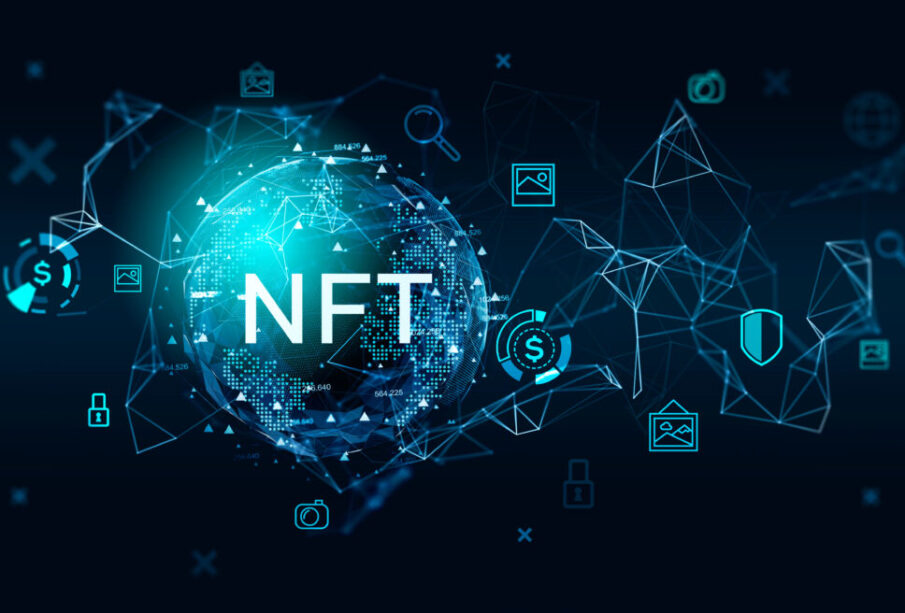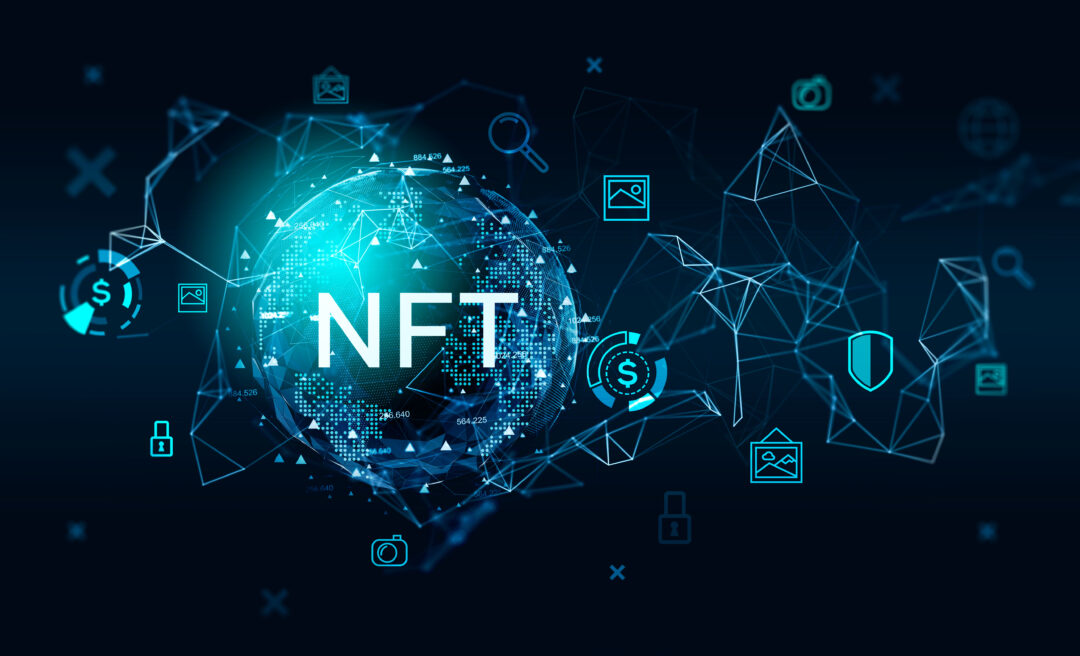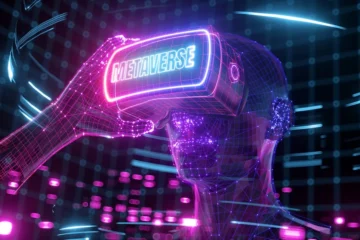What’s the True Value of NFTs?

What Are NFTs?
Let’s start by clarifying what NFTs are.
First, NFTs are not cryptocurrencies. Despite both being called “tokens,” NFTs are fundamentally different from cryptocurrencies. The defining feature of an NFT is its uniqueness—it cannot be divided, making it unsuitable as a general medium of exchange or unit of account. Wang Yongli, former vice president of the Bank of China, has suggested that translating NFT as “non-fungible certificate” is more accurate than “non-fungible token.”
Second, NFTs are not just JPG images. While many NFTs we see today are images or, occasionally, MP4s or other digital art formats, the NFT itself isn’t the image or video.
So, what exactly is an NFT, and how should we understand it?
Think of an NFT as a glass cup: fill it with tea, it looks green; fill it with cola, it turns black. An NFT is like a “hyperlink” that records immutable information on the blockchain. The images we see are merely what appears when you “click” that hyperlink. What an NFT represents depends on where that hyperlink points.
With this foundation, let’s explore the practical value of NFTs and uncover their true worth.
NFTs and Digital Art
Let’s begin with NFTs’ most prominent use case, which is also where major industry players in China are focusing: digital art.
Before NFTs gained traction, few digital artists could make a living selling their work. Many treated digital art as a hobby while working as designers to pay the bills. When their creations spread widely online—or were stolen—they often couldn’t profit or even hold infringers accountable, as they were unaware of the misuse.
NFTs have changed this landscape. An NFT acts like a certificate of authenticity for a piece of art, proving that a specific image is the artist’s “original” or “authentic” work. Other copies are just that—copies. The blockchain records the creator, creation date, and transaction history, enabling digital art to be distinguished as “original” versus “fake.” This gives digital artworks the right to be “collected.”
Some might wonder: even with NFT technology, anyone can still save an image from the internet and share it on social media, just like before. So, what’s the value of an NFT digital artwork?
Here’s the key: before NFTs, stealing digital art harmed artists’ rights. With NFTs, even if art is copied, it increases the value of the artist and their work. NFTs make it clear which piece is the original, and unauthorized sharing or derivative products (e.g., memes or merchandise) effectively promote the original work. The value created flows back to the original, unlike the pre-NFT era where it was lost.
Moreover, NFTs enable artists to earn ongoing royalties, revolutionizing the art industry. In traditional art markets, artists only profit from the initial sale. If a piece sold for $100 initially but later fetches billions at auction, the artist gets nothing—a clearly unfair system. This stems from the traditional art market’s low liquidity and opaque transactions. After multiple auctions or private deals, it’s often impossible to track a piece’s ownership, let alone distribute royalties.
With blockchain, every NFT transaction is recorded transparently, including buyer, seller, and price. Smart contracts automatically distribute a fixed percentage of each sale as royalties to the artist, significantly improving their financial prospects.
NFTs and Virtual Collectibles
Another accessible application of NFTs is virtual collectibles. In everyday life, we buy physical collectibles like figurines, blind boxes, or small toys. Once home, we might snap a few photos for social media and display them as decor. Rare items may trade on secondary markets, but common ones typically just sit on a shelf.
For many collectors, “just sitting at home” poses a challenge. Rare figurines are expensive and take up significant space. As some Chinese collectors joke, “These figurines are costly, but Beijing’s real estate prices are even costlier.” NFT collectibles solve this issue. Virtual collectibles don’t occupy physical space, and when paired with AR or VR technology, they offer an enhanced collecting experience.
Additionally, blockchain ensures the randomness of blind boxes and fixes the supply of collectibles, preventing value dilution from over-issuance. NFT collectibles also boast higher liquidity. Physical collectibles involve time costs and shipping risks, but NFT collectibles settle instantly without risk of damage during transit.
NFTs and Gaming
The third major use case for NFTs is gaming. What benefits do NFT-based game assets bring to players?
For those of us who grew up playing video games, we’ve all faced the heartbreak of a favorite game shutting down its servers. When that happens, all the items, gear, and skins you earned vanish, along with the time and effort you invested.
When game assets are NFTs stored in your own wallet, they persist even if the game’s servers shut down. If another developer creates a game that integrates those NFTs, your assets can be reused.
Consider another scenario: if your game account is banned for any reason, all associated assets are frozen. Traditional games can easily confiscate your items. With blockchain games, NFT assets solve this problem by giving you true ownership.
Take Axie Infinity, one of the most famous blockchain games. Players can earn money by playing, and in its early days, high returns even helped low-income families in Southeast Asia earn wages far above average. This led some to operate multiple accounts or use scripts to “farm” profits, which frustrated the game’s developers and community. Axie Infinity’s team responded by penalizing these accounts.
Their approach was unique: rather than confiscating assets, they simply stopped providing game services to offending accounts. Players retained their Axie creatures (NFTs), which could still be used on platforms like Decentraland. NFTs ensure players truly hold their game assets.
NFTs and the Metaverse
Finally, let’s talk about the hottest topic today: the metaverse. You’ve likely seen this description in countless articles:
The term “metaverse” comes from Neal Stephenson’s Snow Crash, which describes it as: “By putting on headphones and goggles and connecting to a terminal, anyone can enter a computer-simulated, three-dimensional reality parallel to the real world, where everyone can have their own avatar.”
In simple terms, the metaverse is a “virtual world.” Like any world, it should follow certain rules—chief among them, your belongings should truly belong to you.
Let’s use an example. In the real world, if a sneaker brand you love goes bankrupt, no one comes to your house to take back your shoes, and you’d certainly resist if they tried. But in virtual worlds, we’ve often accepted losing our assets. Your virtual belongings should be securely yours, just like in reality.
The only way to achieve this is through blockchain. A true metaverse requires blockchain to exist. A centralized metaverse is a frightening prospect—imagine a “ruler” who can alter or erase your possessions at will. With NFTs on the blockchain, metaverse assets are tamper-proof and indelible. This transforms a “virtual world” from a mere “simulation game” into a true metaverse.
Of course, you might focus on the sky-high prices of NFT art and collectibles. As Hong Kong celebrity Shawn Yue once said, “When you know there’s only one of a kind in the world, it’s hard to resist the urge to buy.”
But beyond the hype, NFTs have the potential to be foundational infrastructure for the future. They could transform how we interact with digital assets. Instead of fixating on astronomical sale prices, we should focus on the technology and its practical applications. Let’s embrace this innovation to improve our lives while rejecting speculative behaviors that harm the industry’s growth.









